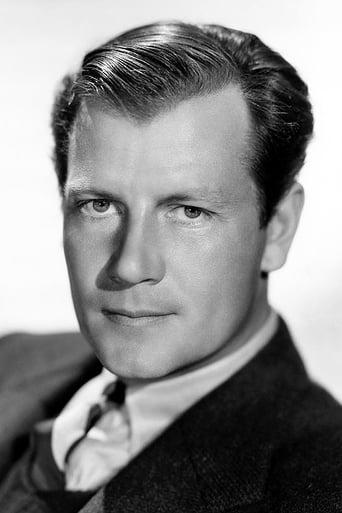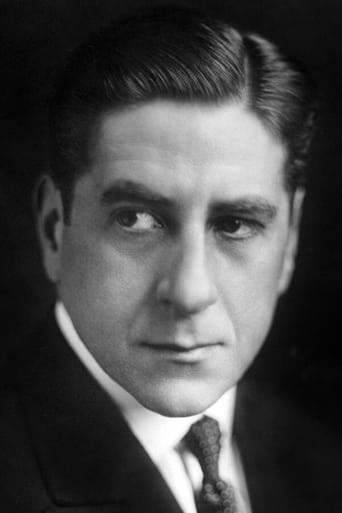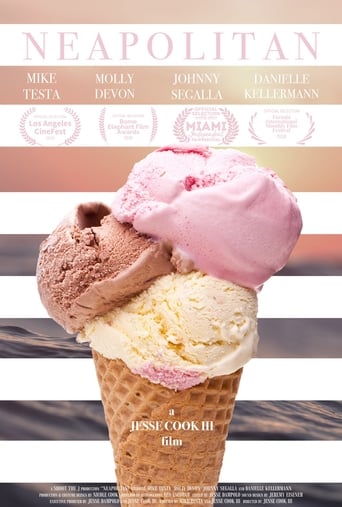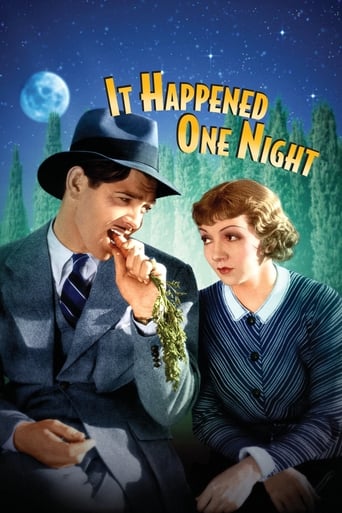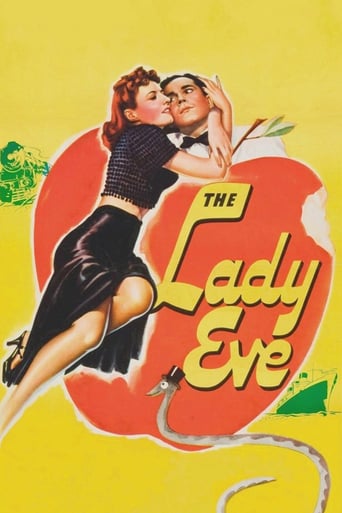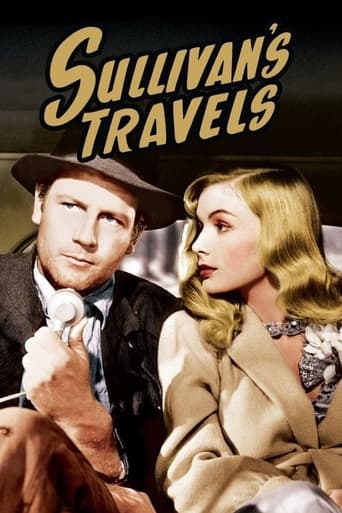
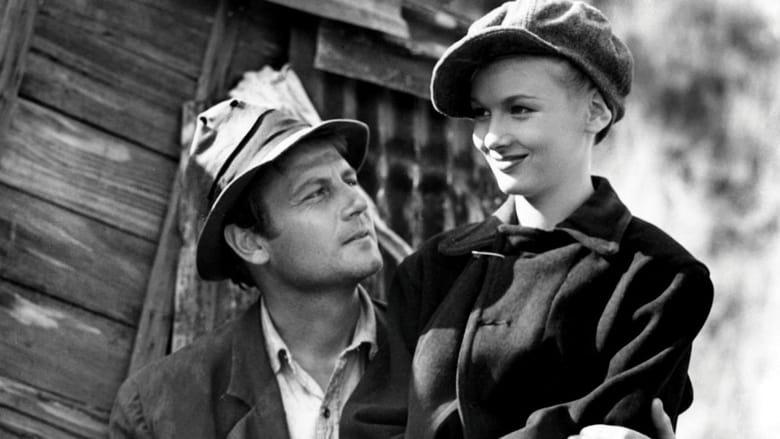
Sullivan's Travels (1941)
Successful movie director John L. Sullivan, convinced he won't be able to film his ambitious masterpiece until he has suffered, dons a hobo disguise and sets off on a journey, aiming to "know trouble" first-hand. When all he finds is a train ride back to Hollywood and a beautiful blonde companion, he redoubles his efforts, managing to land himself in more trouble than he bargained for when he loses his memory and ends up a prisoner on a chain gang.
Watch Trailer
Cast
Similar titles
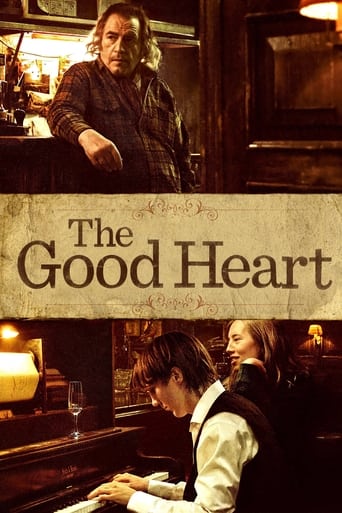
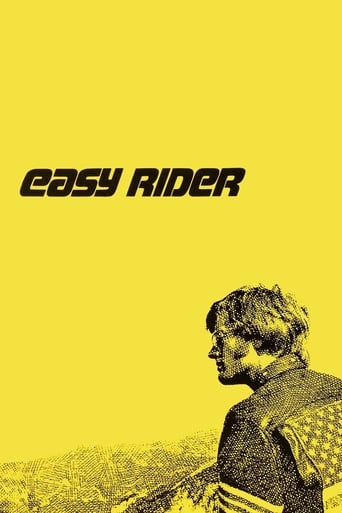
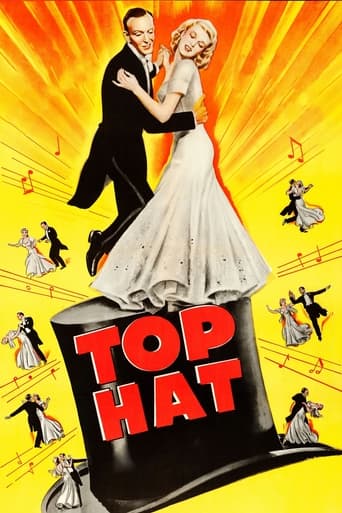
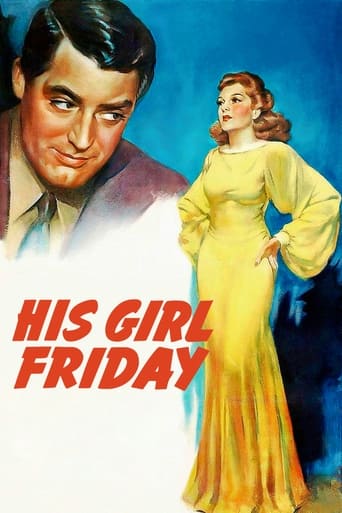
Reviews
Touches You
It's the kind of movie you'll want to see a second time with someone who hasn't seen it yet, to remember what it was like to watch it for the first time.
An old-fashioned movie made with new-fashioned finesse.
It is neither dumb nor smart enough to be fun, and spends way too much time with its boring human characters.
Copyright 4 December 1941 by Paramount Pictures Inc. New York opening at the Paramount: 28 January 1942. Sydney opening at the Prince Edward: 31 July 1942 (ran 3 weeks). 8,251 feet. 91 minutes.SYNOPSIS: A successful Hollywood film director who has made nothing but lightweight films such as "So Long, Sarong", suddenly gets the notion that he should make a searing drama about human suffering.COMMENT: Most critics feel that the message of this comedy is simply that expressed by the hero at the fade-out, namely that making people laugh is more important than dishing out a "message". So far as it goes, that's true. Notice, for instance, how the guy twisting out a sermon to all the captive bums in the mission house is so cleverly lampooned as the camera devastatingly tracks back from his harangue to the rows and rows of poor souls forced to listen to him.But the film is more than an artist-be-content-with-thy-lot. It's an attack on poverty itself and the sort of society in which it breeds. It's significant that, aside from the stars McCrea and Lake, the only actor who gets a really close, dialogue close-up in the movie is Robert Grieg: "You see, sir, rich people and theorists — who are usually rich people — think of poverty in the negative: as the lack of riches; just as disease might be called the lack of health. But it isn't, sir. Poverty is not the lack of anything, but a positive plague, virulent in itself, contagious as cholera; with filth, criminality, vice and despair as only a few of its symptoms. It is to be stayed away from, even for purposes of study. It is to be shunned!" What few critics have noticed is that the movie is also an attack on America's class-rigid society. "I'm a motion picture director," exclaims Sullivan, on finding himself in a chain gang. "They don't sentence motion picture directors to six years in prison for a little altercation with a yard boss." — "They don't?" questions the little trusty (Jimmy Conlin) most dubiously. And that so-called "little altercation" put the yard boss in hospital with a cracked skull and lacerated face. A "vicious assault", as the judge properly describes it. Yet Sullivan is freed with remarkable celerity as soon as his claim is verified. Someone as important in society as a motion picture director is above the law. Another example occurs earlier on in the movie when McCrea, pretending to be an ordinary member of the public, is rudely rebuffed by a railroad information clerk. However, when his valet, Eric Blore, putting on his smarmiest accent, announces that "A few of us down at the club were having a little bet...", the information is readily forthcoming. The rich man's foibles are instantly catered for.
Others have written on what makes this a great movie, which it is. I won't repeat them.I will say, though, that the end very much came as a surprise to me. Once Sullivan begins his travels to discover what life is really like in the America of 1941, headed into war and still not out of the Depression, he sees the terrible poverty of the hobo. No attempt is made to glamorize the hobo life, as had been done in earlier 1930s movies.Then Sullivan ends up in a Southern workcamp and sees the injustices there, the sort of thing we would not really see again until some of Sidney Poitier's movies in the early 1960s.When Sullivan gets back to Hollywood at the end of the picture, I was sure he was going to make a movie that would denounce those inequalities and injustices. Instead, he wants to go back to making comedies. I found that, to say the least, very surprising.
We heard lots about 'Gulliver's Travels', so what is this 'Sullivan's Travels'? Well a similar kind theme that sets in the modern world (when the movie was made) where a wealthy man, Sullivan willingly takes an adventure to study about the lives on the streets as a homeless. Yes, both the titles are about the journey of self discovery. A well made movie with a fine pair of characters in the lead.John Sullivan, a film director who opposes his producers' idea of making his next feature as a comedy. Instead, he wanted to adapt the famous novel 'O Brother, Where Art Thou?' which determines the realistic social issues. So the question arises that how much he's experienced to take the challenging project in the hand. Now he has to discover himself everything before coming to any conclusion. So then the life changing adventure begins till he gets all the answer he wanted with a little twist at the end.It was good to know that the movie with a concept like this was made almost 70 years ago and still looks fresh and original. As expected the adventure I was taking about was not completed in one long ran instead it split into many pieces. That is the thing that irked me the most in few parts of the movie. Otherwise, it would have been a masterpiece according to the my taste in film viewing.I would have liked it better if the story was flavoured with little sentiments in those adventure parts. Although it is a comedy movie which entertains well. But still the last 20 minutes or so were the excellent which also partially reminded the 86th Academy Award winner that based on the true story. In other word the last quarter of the movie was the best part you will find in all over the storytelling. As per my conclusion about the movie, it is not a must see movie, though if you wish to watch, you won't regret in seeing it.
It starts out great. But then some of the extreme slapstick physical comedy is just not funny today; lot of "falling down or falling in the water" jokes. There is greatness all around this movie, but it never feels focused enough to say what it wants. Still it has to be admired for daring to go someplace no one else could have even imagined back in 1941. And remember, though there were movies about Hollywood afterwards no one went anywhere near this until Fellini. But watching it for the first time today in many years, I was surprised how difficult it was to get involved. It seemed to stop and restart so many times that I got impatient. Still the scene where the prisoners watch the cartoon is undeniably one of the most moving moments in American screen history. And it is also easy to see how many future directors took their lead from what Sturges was trying to do here. Ambition alone can sometimes be quite rewarding.
